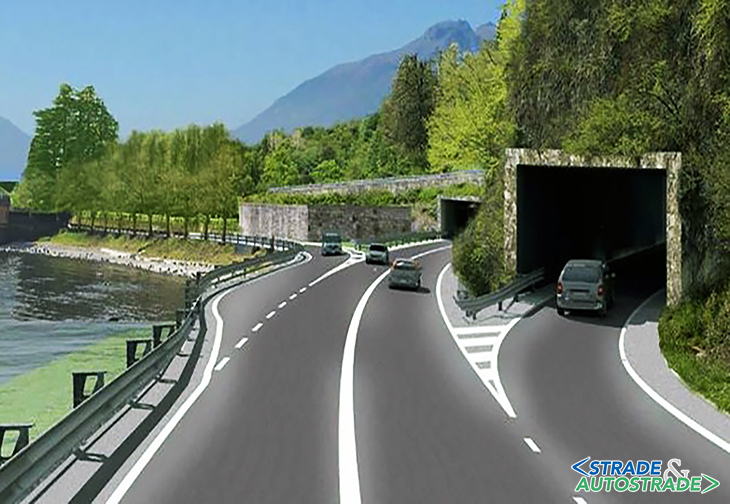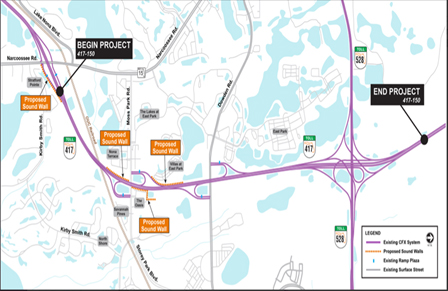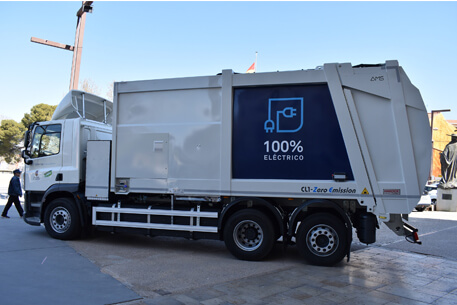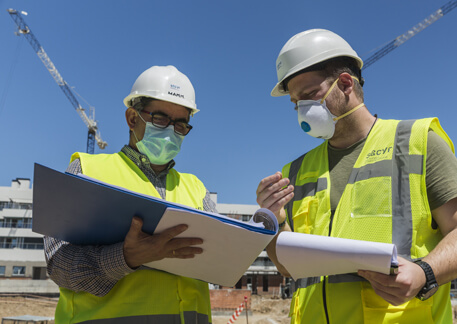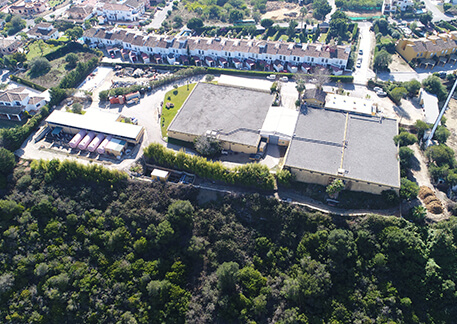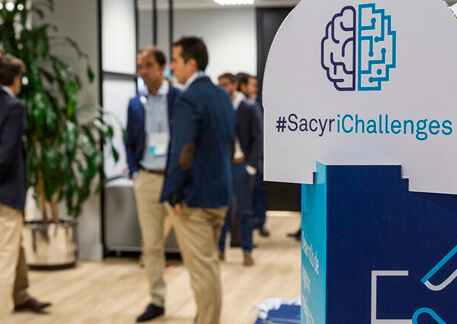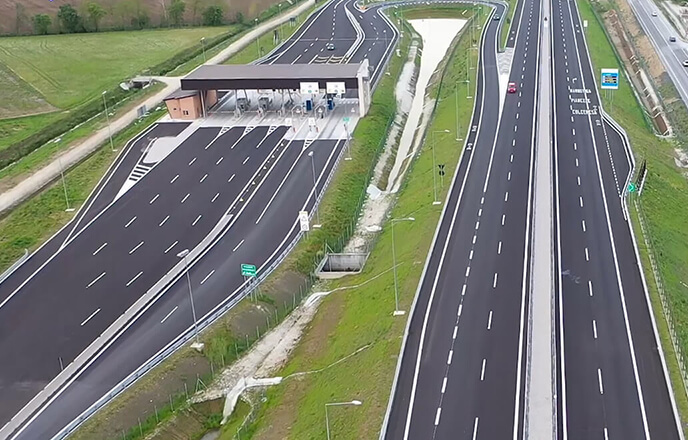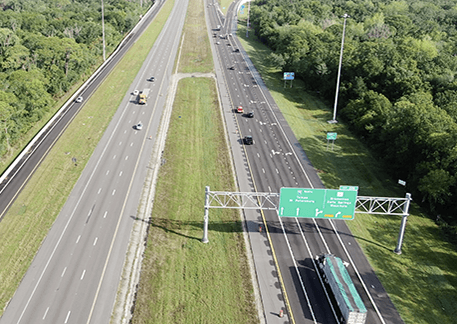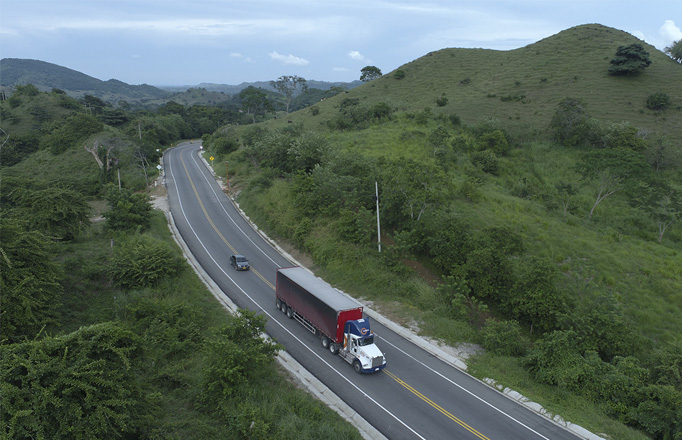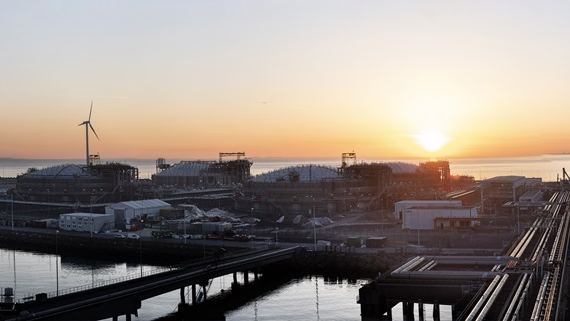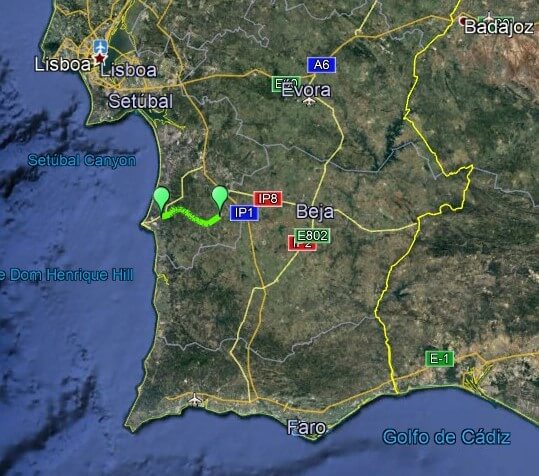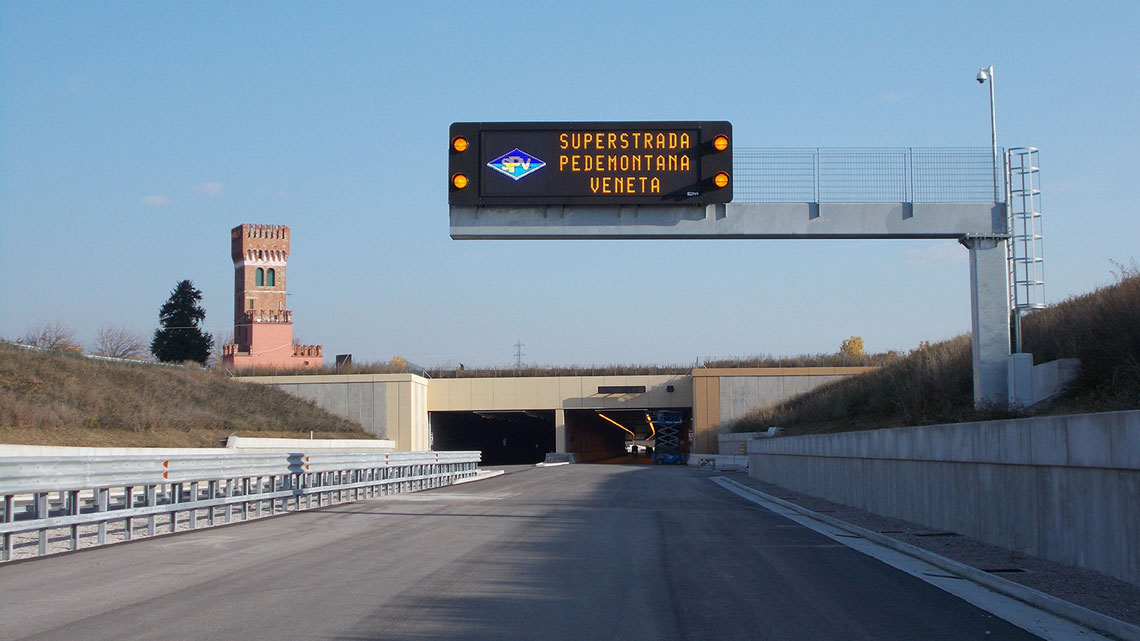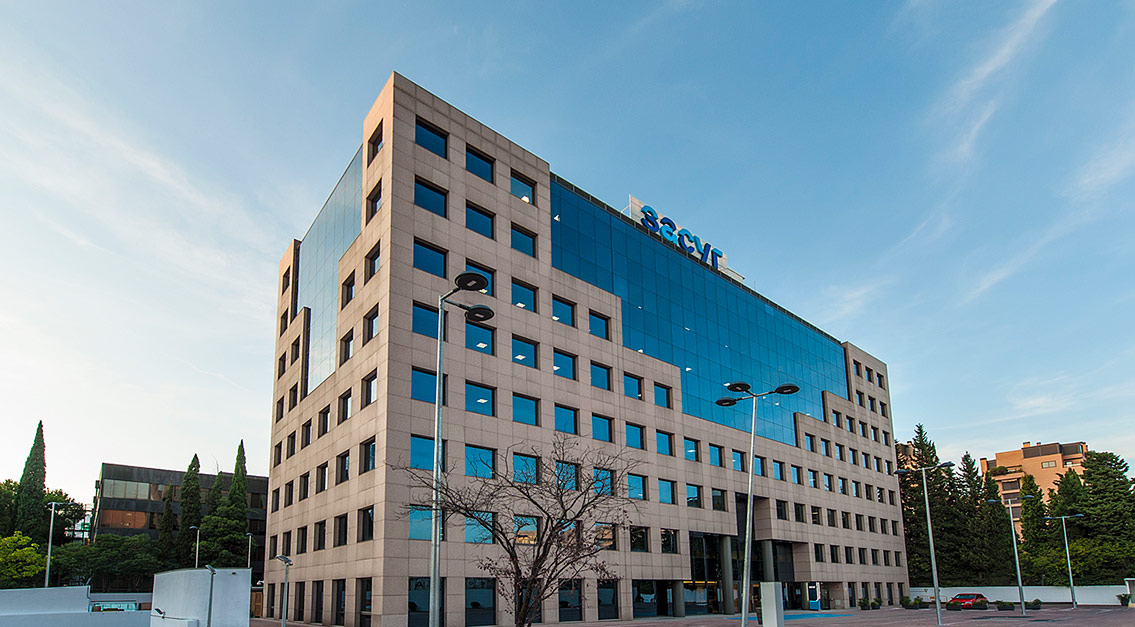Today, Sacyr announced the governing principles of its 2021-2025 Strategic Program, which underscores its focus on the concession business and promotes sustainability as key drivers of growth over the next five years.
With this new strategic cycle, Sacyr completes the redefinition of the company’s profile, undertaken as part of the successful 2015-2020 Plan.
The multinational prioritizes the concession business model present throughout the entire infrastructure value chain: from bidding, design and finance, to construction, operation and maintenance of the asset. Two robust divisions contribute to this strategy: Construction and Services.
Through this approach, Sacyr reinforces its strength and stability with the development of long-term projects in countries where it has an established track record. These are projects with low demand risk that generate recurring revenue streams to finance the associated debt.
Company growth
According to the expectations of the 2021-2025 Strategic Plan, revenue growth will improve reaching 5.5 billion euros annually by 2025. EBITDA will climb to 1.2 billion euros, and net profit will R 200 million by the conclusion of the Plan.
During this period, the company will invest nearly 5 billion euros, of which 1 billion will be equity. Roughly 90% of which will correspond to investments in concession projects, with the remainder corresponding to services.
With regard to priority markets in this new strategic cycle, the multinational will strengthen its presence in the so-called home markets: Spain and Italy, in Europe; Colombia and Chile, in Latin America; and in US, Canada, Australia and UK. The company has also identified other markets of interest, including Peru, Mexico, Brazil and Scandinavia.
By division, Sacyr Concessions will base its growth on the development of transport infrastructures with low demand risk, hospitals, and green business: water, renewables and waste management.
The concessions subsidiary, which expects to be awarded between two and three projects each year, will promote the green business line.
In the next five years, Concessions will promote activity in English spoken markets and consolidate activity in Europe.
Sacyr Concessions estimates a dividend distribution of nearly 200 million euros per year, 1 billion over five years.
Sacyr Engineering and Infrastructure, the multinational’s construction subsidiary, will concentrate on a mixed portfolio of contracts with Concessions and other clients. The focus will be on civil works, building, and industrial projects for renewable energy and oil & gas. To that end, the company, which incorporated the activities of Sacyr Industrial in 2020, will maximize synergies between both divisions.
The division’s goal is to achieve a stable margin between 5-6% in key markets: Europe; US, Canada, Australia and UK; and Latin America.
Lastly, Sacyr Services will prioritize profitability over volume to secure a stable margin between 8-9%.
The division’s primary activities involve environmental services, facilities, dependency services, and infrastructure upkeep. Though Spain is the company’s main market, Sacyr Concessions will ensure its further growth in Latin America
Value proposition
The new Strategic Plan positions Sacyr as an industry leader with an innovative and sustainable value proposition. In 2020, the company reinforced its corporate governance bodies with regard to sustainability and launched the 2021-2025 Sacyr Sustainable Action Plan.
During this five-year period, the multinational will remain committed to combatting climate change, aiming to achieve carbon neutrality by 2050. Sacyr will increase investment in environmental protection by 50% and double investment in innovation; 70% of funds allocated to innovation will have a sustainable scope
Under the 2021-2025 Plan, Sacyr will promote internal talent and make advances toward equality, with the goal of doubling the number of women executives. The company will also support the development of societies in which it operates, thereby contributing to the fulfillment of the UN’s 2030 Agenda. In five years, Sacyr will double its investment in CSR projects.

